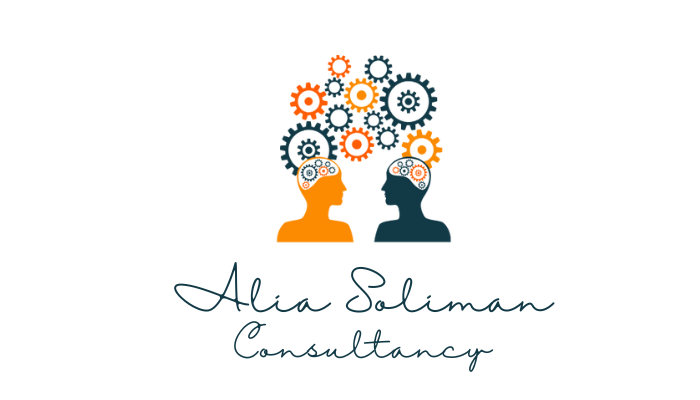What Is Visual Literacy and Why It Is Important?
Visual literacy is a skill that we all need to learn, whatever our speciality may be.
Luis Buñel spoke of the intextricability of words and images, a connection that I wholeheartedly believe in.
Two years ago, I devised an extensive visual literacy program that enhances and supports existing instruction on history, language, and literature. The result was a deeper engagement from students, not just with these visual texts but with their underlying connections and intertextuality with historical narratives, political economy theories, and philosophical concepts.
A foundation of the Visual Literacy Program is introductory workshops on how to approach images, whether it’s art, film, or other optical proliferation.
Visual literacy is the ability to understand and use images and visual media. It is a set of skills that enables us to interpret, evaluate, create, and use images effectively. Visual literacy is important because we are increasingly bombarded with visual information from a variety of sources, including television, movies, advertising, and the internet. We need to be able to critically evaluate the visual information we encounter and use it to make informed decisions.
Visual literacy skills include:
- Interpreting images: This involves understanding the meaning of images and the messages they are trying to convey. It also involves being able to identify the different elements of an image, such as composition, color, and lighting.
- Evaluating images: This involves being able to assess the accuracy, objectivity, and bias of images. It also involves understanding the purpose of the image and the intended audience.
- Creating images: This involves being able to use visual elements to communicate ideas and messages effectively. It also involves understanding the different types of visual media and how to use them effectively.
- Using images: This involves being able to use images ethically and responsibly. It also involves understanding the copyright and licensing implications of using images.
One of the most important aspects of visual literacy is the ability to use critical thinking in the context of images. In doing so, we have to situate the image/s in their historical, social, and representational contexts.
See my other blog post on How to Find and Publish Open-Access Images for a an even more substantive engagement with images in research, learning, and teaching.
